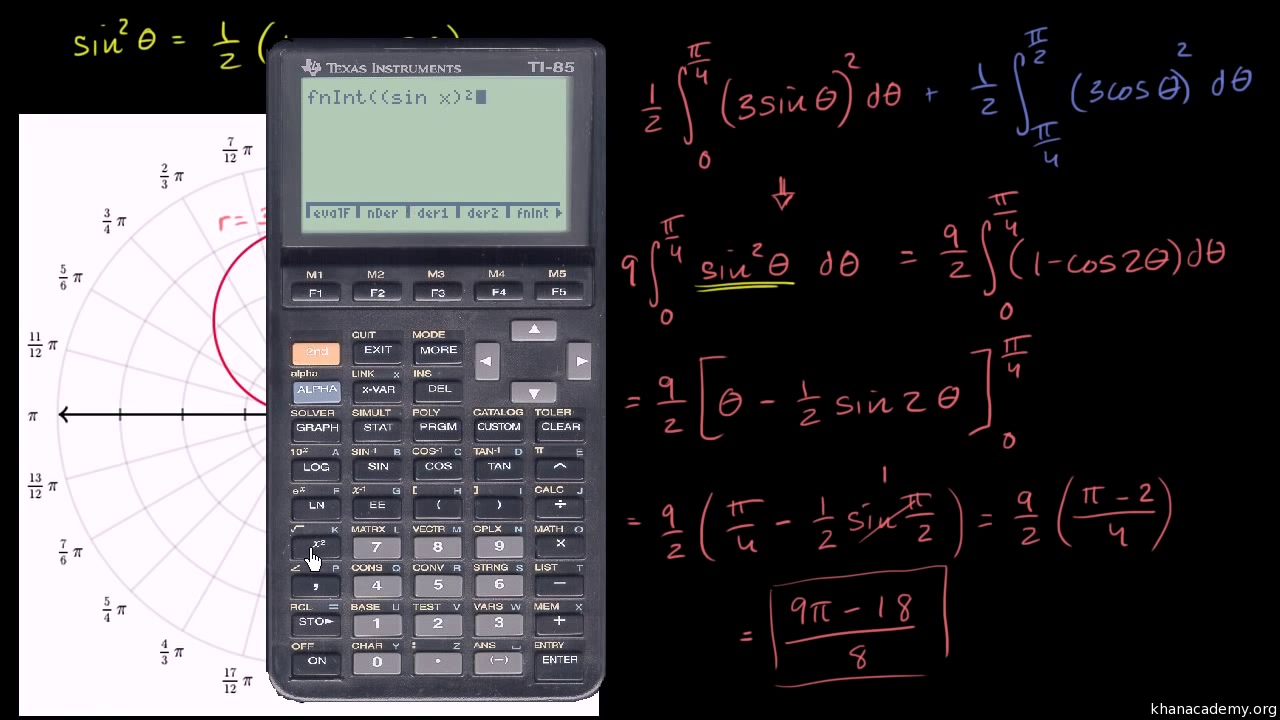
You can see from these data that there is a rough correlation between response and time in both datasets, but it appears that data one has a lower reaction to data two. We can view our data as a graph by clicking on the graph tab and you can see we have formatted this graph to show the data as a scatterplot, showing time on the X axis and our response units on the Y axis. As Prism will take this into account when we decide how to do our linear regression. This is because we fail to capture data at that point for one of our replicates. You will note that at several time points that we only have two replicates. Data one and data two and collected three replicates for each time point. In this example, we've used data from a fictitious experiment carried out over eight minutes. Prism allows you to analyze linear regression from either a single or multiple datasets with shared or individual X axes. I'm James Clark from Kings College London and in this short video, I'm going to run through the steps needed to undertake linear regression analysis of a dataset in Graph Pad Prism.

This video is part of the Essential Statistics series, presented by Dr James Clark, from the School of Cardiovascular Medicine and Sciences at King’s College London.




 0 kommentar(er)
0 kommentar(er)
